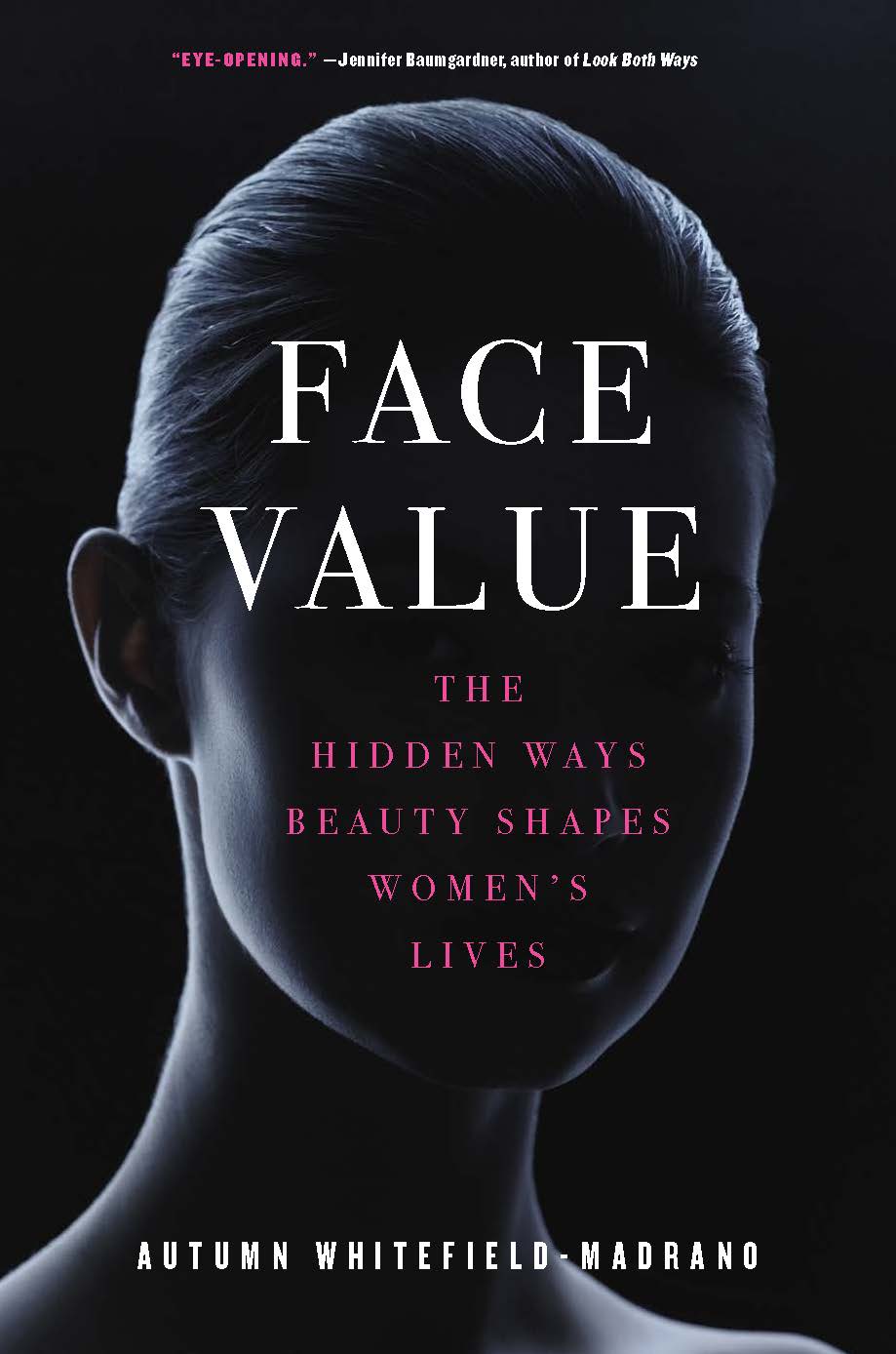The day has come: My book, Face Value: The Hidden Ways Beauty Shapes Women's Lives, is out! You can see a list of retailers here at Simon & Schuster’s site, request it at your local bookstore, click through to the ubiquitous Amazon, etc. etc. you know the drill. (If you’re in New York, why don’t you swing by the launch party at Beauty Bar on Thursday and buy one there from Astoria Bookshop?) And you've shared your results from our 100% accurate, scientifically proven "What Color Lipstick Is Your Soul?" quiz on social media, right?
I’ve been so pleased with the early response: The Boston Globe called Face Value “a fascinating look at a surprisingly broad topic,” Bustle named it one of their top summer nonfiction reads, and Elle and Huffington Post both allowed me to have great conversations with Elyssa Goodman and Alanna Vagianos, respectively. (HuffPo also used my Instagram photo of our cat, which thrills me to no end.) I also have an essay in this month’s Marie Claire, and over the weekend the Wall Street Journal let me throw down some real talk about the science of beauty. I should also confess that I’ve made my blog love polyamorous, and am now blogging at Psychology Today in addition to maintaining The Beheld here. My blog at Psychology Today, also called Face Value, has a more distinctly psychological focus than what I do here, though obviously there’s thematic overlap.
My “elevator pitch” for the book is pretty much this: It’s an examination of how beauty and appearance affect us—our relationships with other women, our romances, the language we use, the way we view and create media, the stories we tell about our lives. My generation is the first to grow up with the main idea behind The Beauty Myth—the idea that beauty standards have been reinforced as a response to women’s growing power in the world—floating around out there. I wanted to know how that truth shapes how we interact with beauty: how it shaped not only our beauty rituals and our compliance with the beauty standard, but also our feelings about that standard, about ourselves, about the intersection between beauty and feminism.
What I found is that women’s relationship to beauty—and, increasingly, men’s—is complex, contradictory, and symbolic of contemporary questions about what exactly womanhood means. The Beauty Myth never claimed that caring about your looks was anti-feminist, but it was easy to misread it that way, and suddenly feminism and beauty came to be seen as being in opposition to one another. This book attempts to correct that idea, without dismissing the problematic areas of appearance, by digging deep into the contradictions of beauty. I can’t claim that I reach that many hard-and-fast conclusions; I don’t. But I hope to shed light on those contradictions so that readers can continue on their own.
Will you allow me a sentimental aside? This is probably going to sound trite or cheesy, but it is the truth: I could not have done it without you. By “you” I mean readers who have commented, readers who have sent me private emails, readers who have shared my work, readers who also happen to be writers who have allowed me the privilege of conversing about these rich topics with them. Conversation is the heart of Face Value in two ways: Much of the book is interview-based (including interviews with some of you), but more important, my greatest hope is that the book inspires conversation. As a writer I’m of course riding the high of the public conversation surrounding the book, but that will dwindle pretty quickly. The conversations I hope will last are the ones happening between friends, between classmates, between acquaintances, between strangers on the internet, between mothers and daughters and sisters and aunts. If Face Value can help prompt any of those conversations alive among—yes, I’m using this word without my tongue in my cheek—the sisterhood, I’d be honored.
